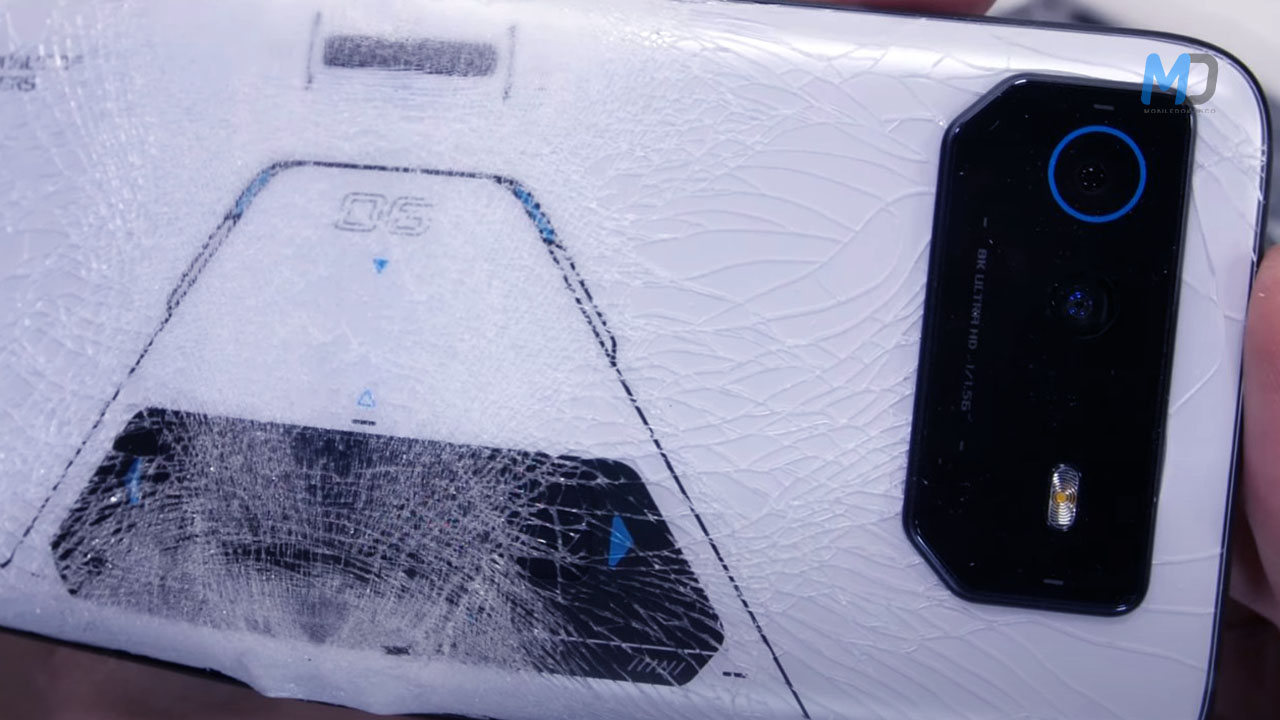Why did the Asus ROG Phone 6 Pro snap in half when bent? The Asus ROG Phone 6 Pro was recently broken in two after being exposed to the now-traditional bend test on YouTube. That’s what happened to the ROG Phone 5 Ultimate from last year, too, so that’s not too shocking, but it is still remarkable given that the vast majority of phones withstand the same bend test.
If that’s the case, then why is this happening? So why did the ROG Phone 6 Pro finally cave in? Today’s deconstruction video aims to investigate this question while providing an inside look at the device. The most unusual feature of this phone is the central hole that serves as a conduit between the rear glass and the vapor chamber underneath the screen.
Why did the Asus ROG Phone 6 Pro snap in half when bent?
Like a heat sink, this design flaw cannot strengthen the phone’s weakest point—its torso—where it’s needed the most. Blue thermal paste sits on a stacked motherboard. A persistent ribbon links the two batteries together.
That Gorilla Glass Victus display, as suggested by the video’s durability claims, is the phone’s most sturdy component. Since the ROG Phone 6 Pro was designed with a second USB-C port on the side (perhaps in service to gamers), it is more likely to bend than other phones. This is in addition to the heat transfer hole and the hole for the power button. But if you use a good case, you won’t have to worry about it.
